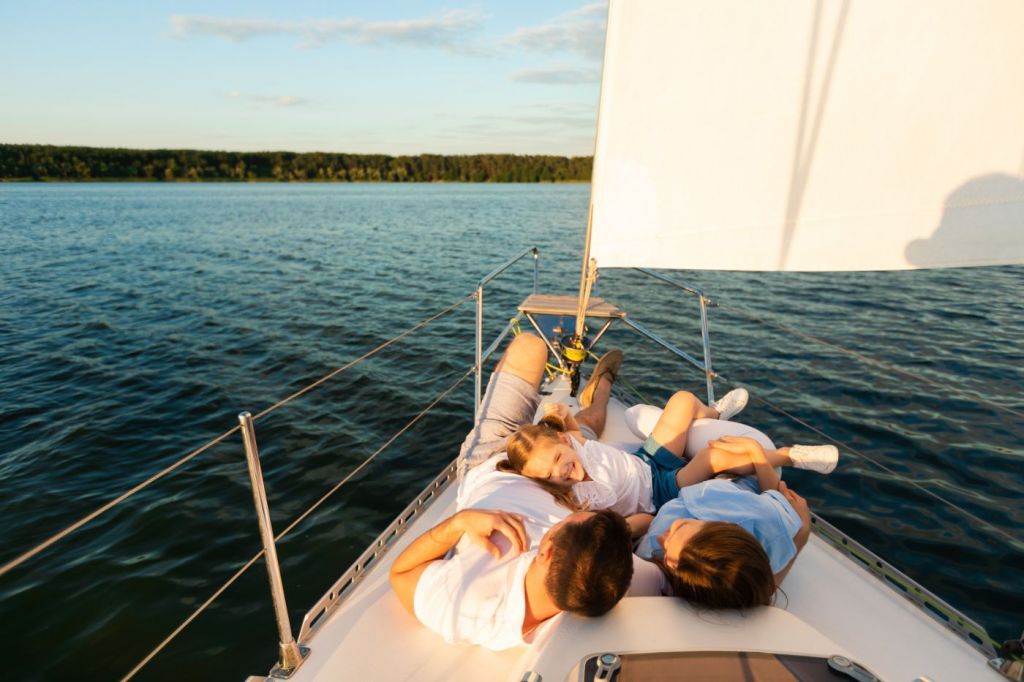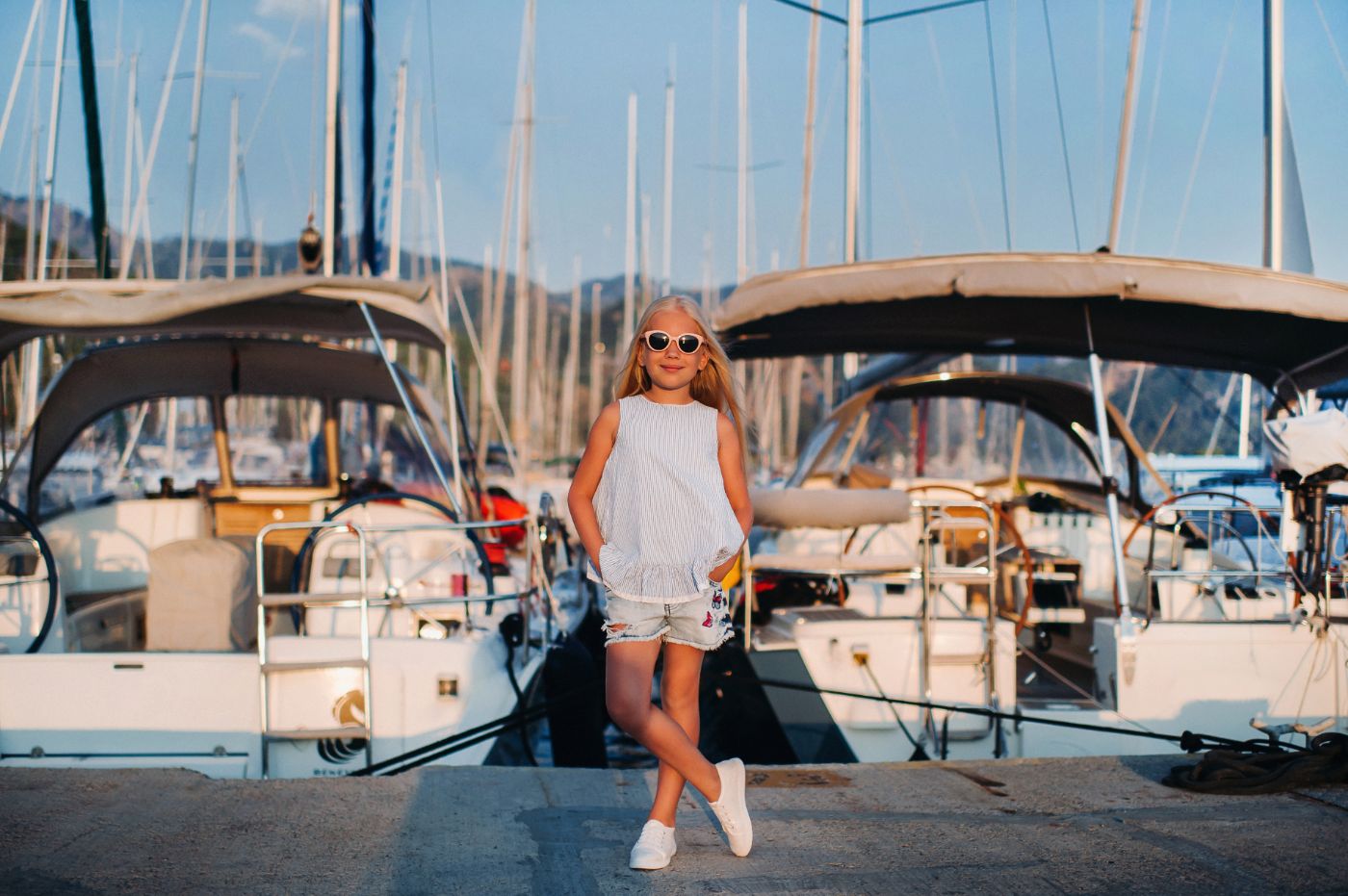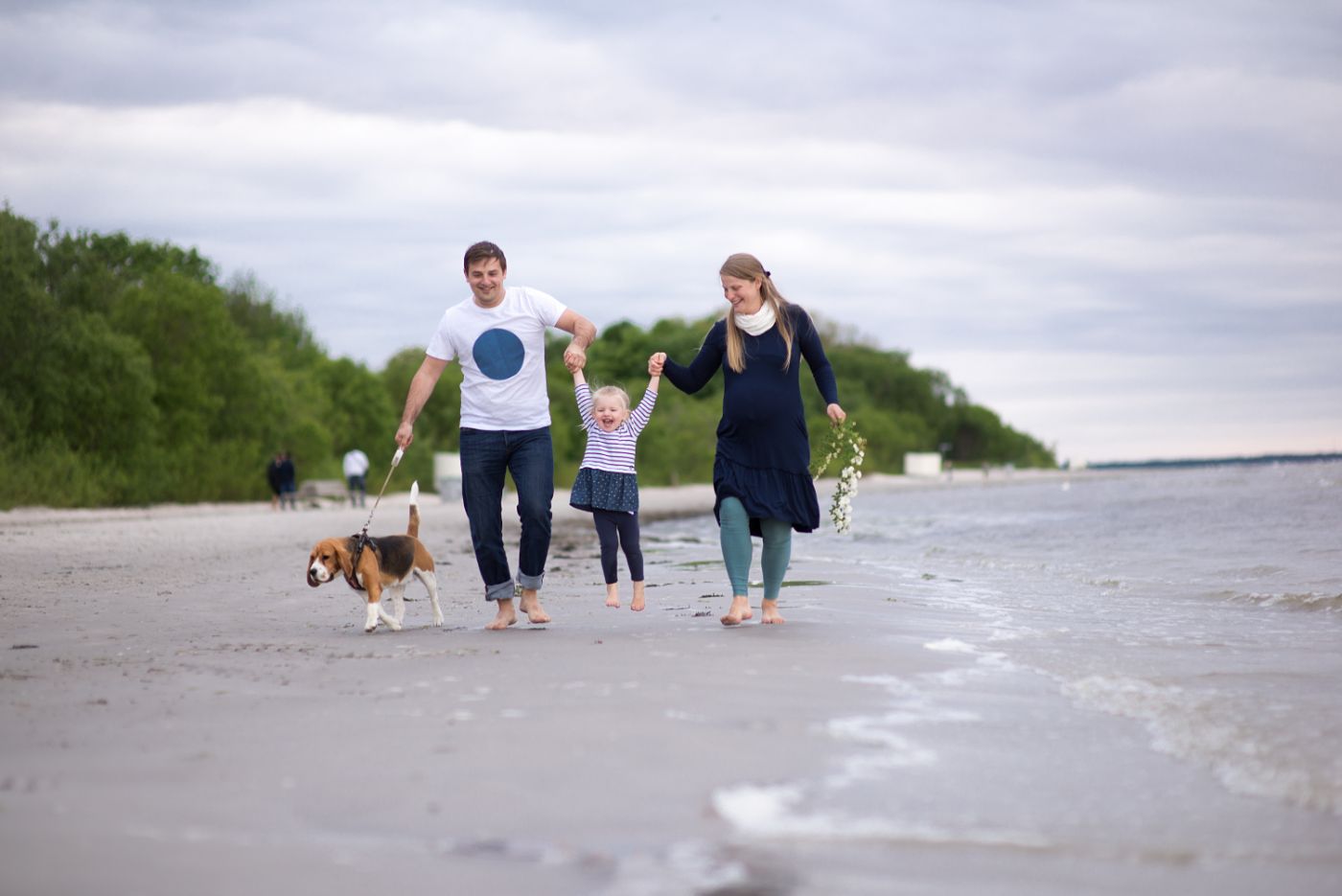Choosing the Best Family Sailboat (Tips by Expert)
We bought our first boat before we had any children, and before we every got our newborn on board it we knew we had the wrong boat for young kids. When we went shopping for the next one my wife was pregnant with our second one and we had a much better idea what to get.
And that idea was completely different than what we considered when we bought a boat to cruise the world with kids we knew would be teenagers before the trip was over.
So how can you choose the best family sailboat? Well, it seems obvious, but you have to look at your family, the type of sailing you plan to do now and in the future, how you will sail together, and your budget. There's no "right" answer for every family.
What it comes down to is asking the right questions and answering them honestly for your family, budget, and sailing plans. Whether you're weekending with a newborn, racing with your teens, or cruising the world, you can narrow your choices down and find a decent boat for your needs.

Key takeaways from eight years of family sailing
- Buy based on your real needs; don't overbuy
- Kids like their own space
- Look for a boat without sharp edges below eye level
- Kids are small, you'll need handles below the waist
- Kids require lifelines and safety netting
Important Boat Features for Family Sailing:
- Make sure your cabinets have a lock mechanism
- Have a mounted child safety seat
Determine What is Important to You
Some questions to determine what is important to you:
- How will you sail the boat?
- How often will you use the boat?
- What's your budget?
- Who will you sail with?
- Where do you want to sail?
Getting all the adults on the same page about what your boat is for and how you plan to use it is critical to a good boat choice. When we bought our second boat we had a three-year-old and a newborn, and we planned to use the boat for weekend trips and vacations. A friend convinced me I should try to race it, and I caught the racing bug.
Within a couple of years we'd upgraded to a slightly larger but much faster boat that was a blast racing around the cans. It was more comfortable to cruise too ... but there were compromises. In the end, my wife never really warmed to that boat because it didn't meet our family cruising needs as well as the last boat.

While you can't plan for every change (like one partner getting all fired up about racing), you can do your best to talk a lot of things through. A few important questions include:
How will you sail the boat?
Do you see this boat for family trips on the weekends? How about longer vacations? Are you thinking about some longer coastal trips? Is full time, live-aboard cruising in your dreams? Does anyone want to race the boat?
How often will you use the boat?
Once we got our cruising boat, we spent every possible weekend and several weeks of vacation from May through October out sailing. But our kids did junior sailing at our yacht club, not summer sports or camps with extensive weekend schedules. Is everyone on the family up for sailing all the time, or is this an occasional thing you fit in?
What's your budget?
This ties back to the "how often" question, too. If your family likes to camp as much as sail, or you have other expensive passions for other seasons - like skiing or a ski house - it's going to affect what you can pick out for your family.
Who will you sail with?
Sailing with your kids is fun. When they get older, they're going to want to bring friends out with them. And your other family and friends may angle for an invitation. We took my parents on a few week-long vacations and they and our kids loved it. Size, space and number of berths are important, since you may limit yourself.
Where do you want to sail?
Where you sail does affect what may be the best boat for your family. If you live in a broad bay like the Chesapeake with hundreds of creeks to anchor out, in your needs may be different from someone in the Pacific Northwest, Maine, the U.K., or Australia. Taking your family offshore for longer passages overnight you'll need some places for the kids to sleep, but if you never leave protected waters or sail at night you can do with fewer offshore beds.

Important Boat Features for Family Sailing
The ages and number of children of your family is a big influence on boat choices. Younger children will want space to spread out toys and activities, teens may be looking for a little space of their own or some space for hanging out with their siblings or friends. Privacy is more of a concern as kids get older.
But a boat is a long term purchase - our kids were six and nine when we bought a boat we knew we'd live on when they were teenagers. So you've got a lot to think about and plan!
Tips for ensuring safety while sailing
Safety is a primary concern with any boat, and you'd never want something which wasn't seaworthy. But you have to take it a few steps beyond that when you're sailing with kids, especially young ones.
Have a mounted child safety seat
When sailing with an infant, how easy is it to secure the baby? It's not practical to assume you'll be able to just hold the baby the whole time, you need a safe place to secure a car seat or other safety device so a baby won't move around if the boat heels or you have to tack.
Make sure the cabinets and drawers have a locking mechanism
If you think baby and toddler-proofing a house was tricky, nobody thinks about proofing a boat against young children. The good news is a lot of boat cabinets and drawers have a "trick" to open them, but a toddler opening a windward-side cabinet full of cans when you're heeling isn't something you want to experience.
Prevent any sharp edges below eye level
You need to watch out for sharp edges below your eye level, and look that there are things kids can reach to hold on when the boat is moving. You don't want them falling and tumbling around if the weather gets rough or you get waked by an inconsiderate boater. Most boats are designed for adult sized people, and handholds above waist level on adults may be out of reach for little ones and unstable walkers.
Attach plenty of lifelines and safety netting
Lifelines are another important safety point for kids. You want a sturdy setup with the ability to add safety netting. Check the toe rails for easy netting attachment, some boats (like 1980s era C&Cs) have a metal rail with rows of holes for easy attachment points. Hopefully, you won't need a net to catch your little ones, but it will pay for itself in saved heartbreak from toy-overboard drills anyway.
Lock away your maintenance tools
Finally, you need to watch those oils, solvents and sprays we tend to accumulate when we do maintenance. Consider the cabinetry in the boat - is there a spot that can be locked or is out of regular sight and reach from little ones. While you wouldn't want to leave the dock without a can of WD-40, you also don't want your four-year-old applying it to his sister while you and your partner are trying to reef the main.
Tips for comfort underway
For younger kids, the ability to move safely and sleep are important to happy family cruising. Bruised and cranky kids who can't sleep in steeply inclined bunks aren't going to enjoy themselves.
Make sure your boat is a stable platform
When looking at boats, pay attention to how stable of a platform the boat is, and consider whether or not a boat might be too tender for family sailing. You don't need to be in a full-keeled, heavy boat to sail with kids, but you may want to re-think a boat that needs six burly guys on the rail to stay flat in fifteen knots of breeze.
Some keels are more stable than others
If you don't know what keel types are out there, we've created an in-depth article with lots of illustrations for you. Learn which is the best for your needs.
Read all about sailboat keels
Padded spaces are great for long-term cruising
Underway, padded spaces where kids can curl up with a book or favorite toy go a long way towards making a trip fun.
Make sure your boat has enough space for sleeping and privacy
Many boats "sleep ten" in what seem improbable arrangements of folding furniture and tables and sleeping on settees and couches. But there are a few important things to remember about sleeping arrangements.
The saloon is a bad bed room for kids
Whoever sleeps in the saloon will be the last to bed and at best the second up in the morning. If you're putting kids in the fold down saloon beds, expect an early bedtime. And if you get up before them, you won't start breakfast or coffee easily without waking them up. We found sleeping the adults in the saloon worked better so we could put the kids to bed when it was time and still have some adult time later.
Older kids care where they sleep
Young kids don't care so much where they sleep, but tweens and teens will want more privacy. Curtained spaces are better than open sleeping, but doors will be prized. Bigger kids may mean a bigger boat as you make more space for kids and their friends to have their own spaces.
Make sure your boat has plenty of storage
How much stuff do you have to pile in the car for a weekend away with babies and toddlers? You're going to need a lot of that gear with the little ones on the boat, too. And as kids get older, it's nice for them to have some space to keep a few favorite "boat toys" or special things for time on the boat.
Water toys like kayaks, SUPs, floats, boogie and surfboards, and fishing poles all need space. Larger items can get strapped on deck, but everything will need a place when you're underway.
Life aboard for how many?
Young kids are pretty content to hang with their parents, but as they get older you will inevitably get requests to bring friends along. You'll also want to entertain yourself sometimes, inviting our family and friends. So the number of people your boat can "sleep" is an important consideration.
But those numbers are rarely realistic, because eight people in a thirty-six-foot boat with one head aren't going to last a long time as pleasant company. Be reasonable in your expectations about how many people you can sleep and for how long. Two families with four kids may last a weekend, but don't expect a week. If that's your plan, you need to think about getting more boat.
P.S. - the family dog counts!
Some Key Lessons from Family Sailing
We sailed with our kids from birth until after they left for college, doing everything from weekends with friends to vacations to full-time blue-water cruising. Here are a few insights we collected over the years.
- You'll never have as much company as you expect. Whether it's for weekends or vacations or flying to meet you someplace exotic, most of the declarations and promises to come out with you don't pan out like you expect. It's nothing personal, but a lot of non-sailors don't realize the commitment it takes to spend time on a boat. What does this mean for you? Don't overbuy too much boat. Get the boat you need for you and your family, with enough "swing space" to handle a few short term guests or people you know well for a week.
- Have a backup plan. Some of this is coming back to storage space and how much to bring with you. But a bad weather weekend on a boat can be much worse than a rainy weekend at home, since you're cooped up in a lot less space with even fewer diversions. So be ready to change your plans or bring extra things just in case.
- Kids like their own space. Even if it's just a little locker near the quarter berth they always sleep in, that little bit of freedom to call it "mine" and store a few special books or toys. It really helps with that home away from home feeling that makes them more happy and comfortable.
- Think about water access. Kids love to jump off the boat, and a swim platform that is easy to get on and off can provide hours of fun.
- Find out how to have fun with the boat. Swimming off the back is fun, but swinging like Tarzan from the spinnaker pole before you jump in? Priceless. Your boat has some built-in extra fun, if you're creative. Keep an eye out for features you can make creative use of when you pick out your boat.
- Consider a kids' dinghy. We cruised with a second sailing dinghy for the kids, and they loved it. This requires that the big boat that can carry it, with some below deck or on-deck space to tie down something bulky. Other options include kayaks, a small rowboat, or inflatable boats. Your kids will love the freedom of being able to adventure on their own, but you'll need a place to store the second boat.
Did you find the answer to your specific question?
👍 1 👎 0




Leave a comment